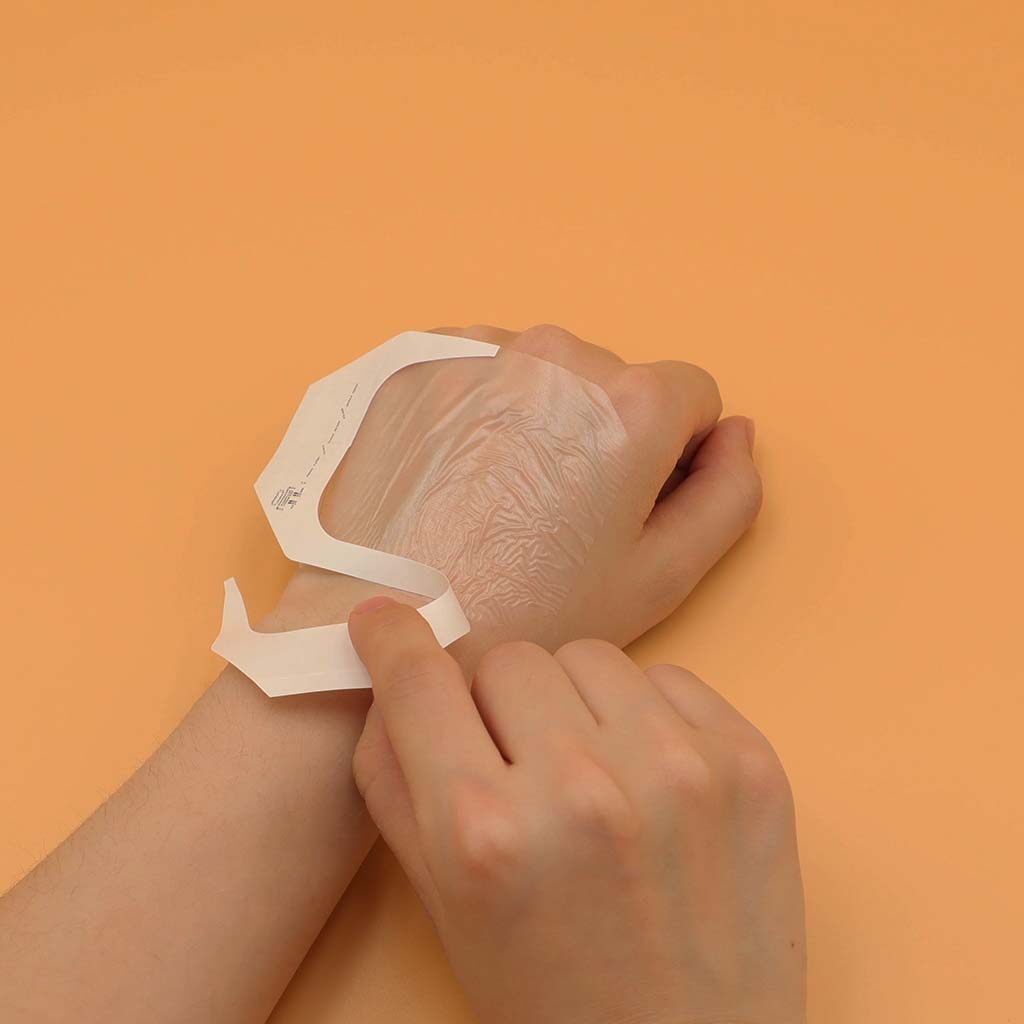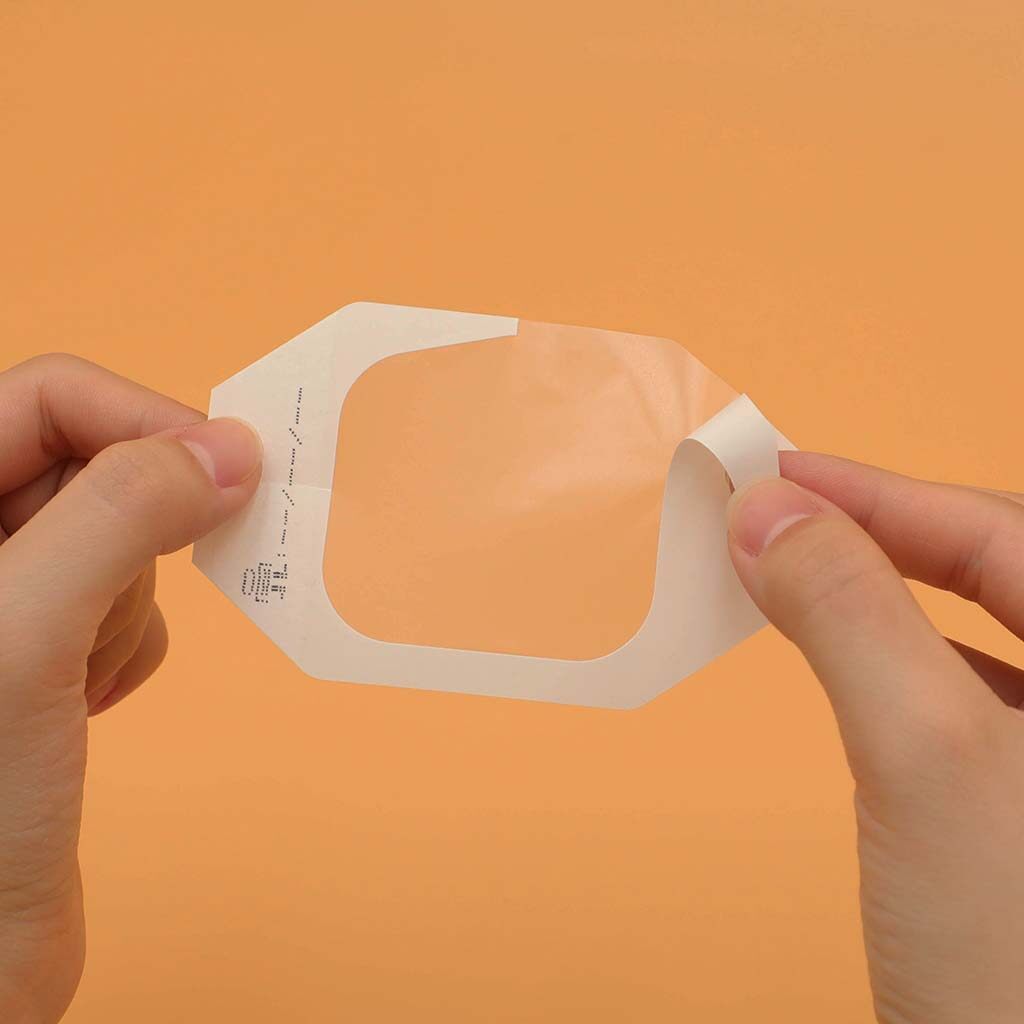Email cannot be empty
Password cannot be empty
Email format error
Email cannot be empty
Email already exists
6-20 characters(letters plus numbers only)
The password is inconsistent
Email format error
Email cannot be empty
Email does not exist
6-20 characters(letters plus numbers only)
The password is inconsistent


Benefits of Transparent Film Dressings
Transparent film dressings are a versatile and effective tool in wound care that are often used in a variety of healthcare settings. These thin, flexible dressings are made of a transparent film that adheres to the skin and creates a protective barrier over the wound. In this blog post, we will explore the uses and benefits of transparent film dressings, as well as provide tips on how to effectively use them in wound care.
What is Transparent Film Dressing?
Transparent film dressings are thin, adhesive dressings that are designed to provide a barrier over wounds while allowing for easy monitoring of the wound site. These dressings are typically made of a transparent polyurethane film that is waterproof and breathable, allowing for moisture to escape while protecting the wound from external contaminants.
Uses of Transparent Film Dressing
1. Protecting Minor Wounds
Transparent film dressings are commonly used to protect minor wounds such as cuts, scrapes, and abrasions. The film creates a barrier over the wound that helps to prevent bacteria and other contaminants from entering the wound site, reducing the risk of infection.
2. Securing IV Sites
Transparent film dressings are also frequently used to secure intravenous (IV) sites. The transparent film allows healthcare providers to easily monitor the IV site for signs of infection or complications while keeping the site secure and protected.
3. Pressure Ulcers
Transparent film dressings can be used to protect pressure ulcers and other chronic wounds. The film helps to create a moist environment around the wound, which can promote healing and reduce the risk of infection.
4. Surgical Incisions
After surgery, transparent film dressings can be used to cover and protect surgical incisions. The film provides a barrier over the incision site, helping to keep it clean and protected while allowing healthcare providers to monitor the healing process.
Benefits of Transparent Film
1. Easy Monitoring
One of the key benefits of transparent film dressings is their ability to allow for easy monitoring of the wound site. The transparent film allows healthcare providers to assess the wound without having to remove the dressing, reducing the risk of disrupting the healing process.
2. Waterproof
Transparent film dressings are waterproof, which means they can be worn while showering or bathing without the risk of the dressing coming loose. This can help to keep the wound clean and protected while allowing the patient to maintain their normal hygiene routine.
3. Breathable
Despite being waterproof, transparent film dressings are also breathable, allowing for moisture to escape from the wound site. This can help to prevent the buildup of excess moisture, which can slow down the healing process.
4. Comfortable
Transparent film dressings are thin and flexible, making them comfortable to wear for extended periods of time. The dressings conform to the contours of the body, allowing for a secure and comfortable fit.
How to Use Transparent Film Dressing
1. Clean the Wound
Before applying a transparent film dressing, it's important to clean the wound thoroughly to remove any dirt, debris, or bacteria. Use a gentle cleanser and water to clean the wound, and pat it dry with a clean towel.
2. Apply the Dressing
Carefully remove the backing from the transparent film dressing and apply it directly over the wound. Smooth out any wrinkles or air bubbles to ensure that the dressing adheres properly to the skin.
3. Secure the Dressing
Once the transparent film dressing is in place, you can secure it with a secondary dressing or adhesive tape to prevent it from coming loose. Make sure to follow any specific instructions provided by your healthcare provider for securing the dressing.
Tips for Using Transparent Film Dressing
Change the dressing regularly:
It's important to change the transparent film dressing regularly to ensure that the wound stays clean and protected. Consult with your healthcare provider for guidance on how often to change the dressing.
Monitor the wound:
Keep an eye on the wound while using a transparent film dressing to ensure that it is healing properly. If you notice any signs of infection, such as redness, swelling, or pus, contact your healthcare provider immediately.
Avoid getting the dressing wet:
While transparent film dressings are waterproof, it's still important to avoid getting them wet as much as possible. This can help to prevent the dressing from coming loose and protect the wound from infection.
Conclusion
In conclusion, transparent film dressings are a valuable tool in wound care that offer a range of benefits, including easy monitoring, waterproof protection, breathability, and comfort. By following the steps outlined in this blog post and keeping these tips in mind, you can effectively use transparent film dressings to promote healing and protect wounds. If you have any questions or concerns about using transparent film dressings, don't hesitate to consult with your healthcare provider for guidance.

